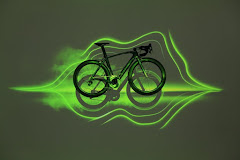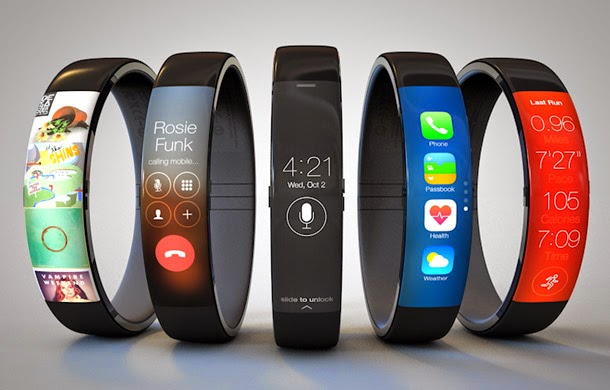Today marks the 5 year anniversary of the first iPhone release, an important milestone not only for Apple but for the entire mobile industry. This revolutionary device set the stage for explosive growth in the smartphone market, drastically changing the complexion of the mobile industry and, consequently, the entire digital landscape in just a few short years. In July 2007, barely 9 million Americans owned a smartphone – representing just 4 percent of the entire mobile market. Today nearly 110 million Americans own a smartphone and by the end of the year smartphone owners will become the new mobile majority in the U.S.

Today, iOS ranks as the second largest smartphone platform in the U.S. after Android, commanding 31.9 percent share of the market with its 35.1 million iPhone owners in May according to comScore MobiLens. During the last five years, Apple has introduced five different versions of the iPhone and extended its reach beyond AT&T to other major carriers, including Verizon and Sprint. A more detailed look at the iPhone ecosystem by device generation found that nearly 3 in every 4 iPhone owners currently uses the iPhone 4 or iPhone 4S, with the iPhone 4 accounting for the largest overall share at nearly 40 percent of iOS smartphones in May 2012. The original iPhone released on June 29, 2007 now accounts for just 2 percent of current iOS smartphone owners, with new generations of the device making the original virtually obsolete.

As with many consumer electronics products, early adopters of the iPhone skewed male, young to middle age and wealthier than the average consumer. In 2007, 61 percent of iPhone owners were male, more than half were between the ages of 25-44 and 48 percent had a household income of $100,000 or greater.
As the iPhone reached critical mass and gained wider consumer adoption – supported in part by the introduction of new device generations, lower price points, availability through more wireless carriers and a general consumer movement toward smartphone adoption – iPhone owners, too, have evolved. In May 2012, females accounted for a much more prominent share of iPhone owners at 47 percent vs. 53 percent males. Though people age 25-44 still represent a strong percentage of the iPhone user base at 46 percent, the youngest and oldest age segments have witnessed the largest increases in overall share. And while those earning $100,000 and greater still command a hefty portion of the audience, users with income levels of $50,000-$75,000 represented the fastest growing audience income segment, now accounting for nearly 1 in every 5 iPhone owners.

The smartphone market, with the iPhone at the center of it, has witnessed incredible growth and evolution over the last five years, creating a strong foundation for the rise of the mobile media consumer and creating value for players across the ecosystem. With consumer adoption on the rise and the continued integration of new, innovative technologies, we can only imagine what the next five years will bring. But despite how quickly leadership positions can change in this market, something tells me that iPhone will still be blazing new trails into the future...



















